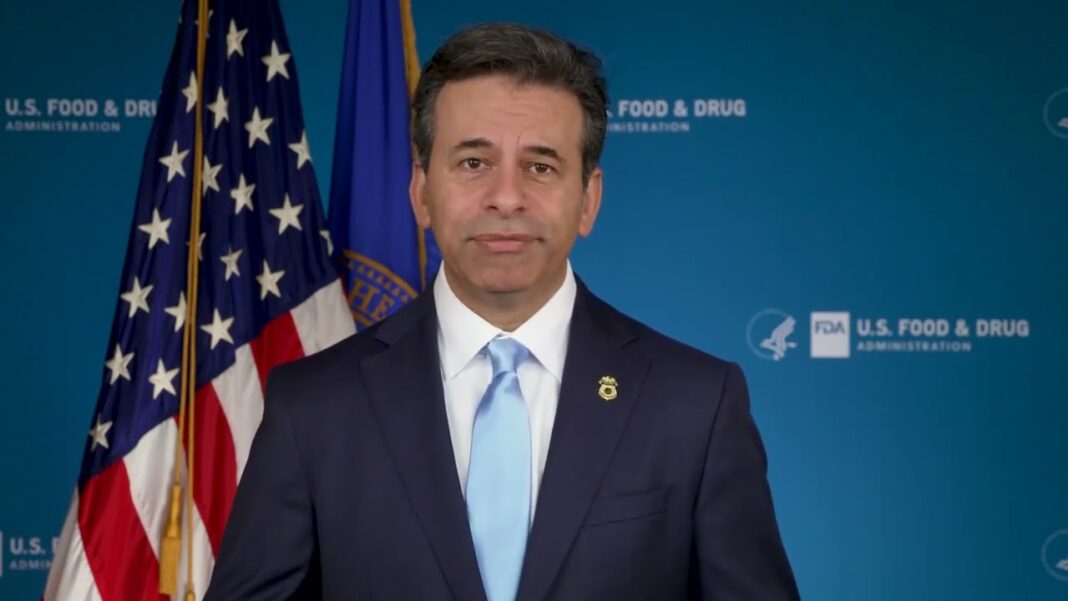The UK recently rolled out a comprehensive national age‑verification regime, requiring adults to prove they’re over 18 to access certain content.
Laws demanding internet users provide proof of age are sprouting up around the world.
In the United States, at least 24 states have already passed laws requiring pornography sites to verify users’ ages, according to the Age Verification Providers Association.
A handful of countries, including Germany, France, Australia, and Ireland, have implemented age verification to access specified content, from social media access to pornography.
At the end of July, the UK rolled out the most comprehensive national system so far.
How does age verification work in practice? What are the loopholes? And how might it reshape the internet? Here’s what the experts say.
How Age Checks Work in Practice
Age‑verification systems range from uploading a photo of an identification such as a driver’s license to advanced biometric scans.
The Age Verification Providers Association lists several approved methods for age checks, including mobile phone account verification, credit database matching, transactional records, and digital ID apps.
Some platforms ask users to upload a government‑issued ID, while others rely on mobile phone account data, banking or credit records, or digital ID apps to confirm age.
Increasingly, sites are turning to biometric solutions, such as facial analysis that estimates age from a selfie or a brief movement check.
Reddit, for example, uses the third‑party service Persona to verify either an ID or a live selfie, while Discord relies on k‑ID, which confirms age by analyzing facial movements. X combines internal account signals with optional ID checks.
Porn sites like Pornhub offer a mix of options, such as requiring a photo ID or running a credit card check before users can view sexually explicit material.
The Next 24 Months
Mary Ann Miller, vice president and fraud adviser at Prove, a digital identity verification platform, said that age verification will become more standard and required over the next 24 months.
Miller said that simpler methods include uploading a government-issued ID that is sometimes checked for authenticity or a selfie taken to ensure identity accuracy and that the person is alive.
By Owen Evans







